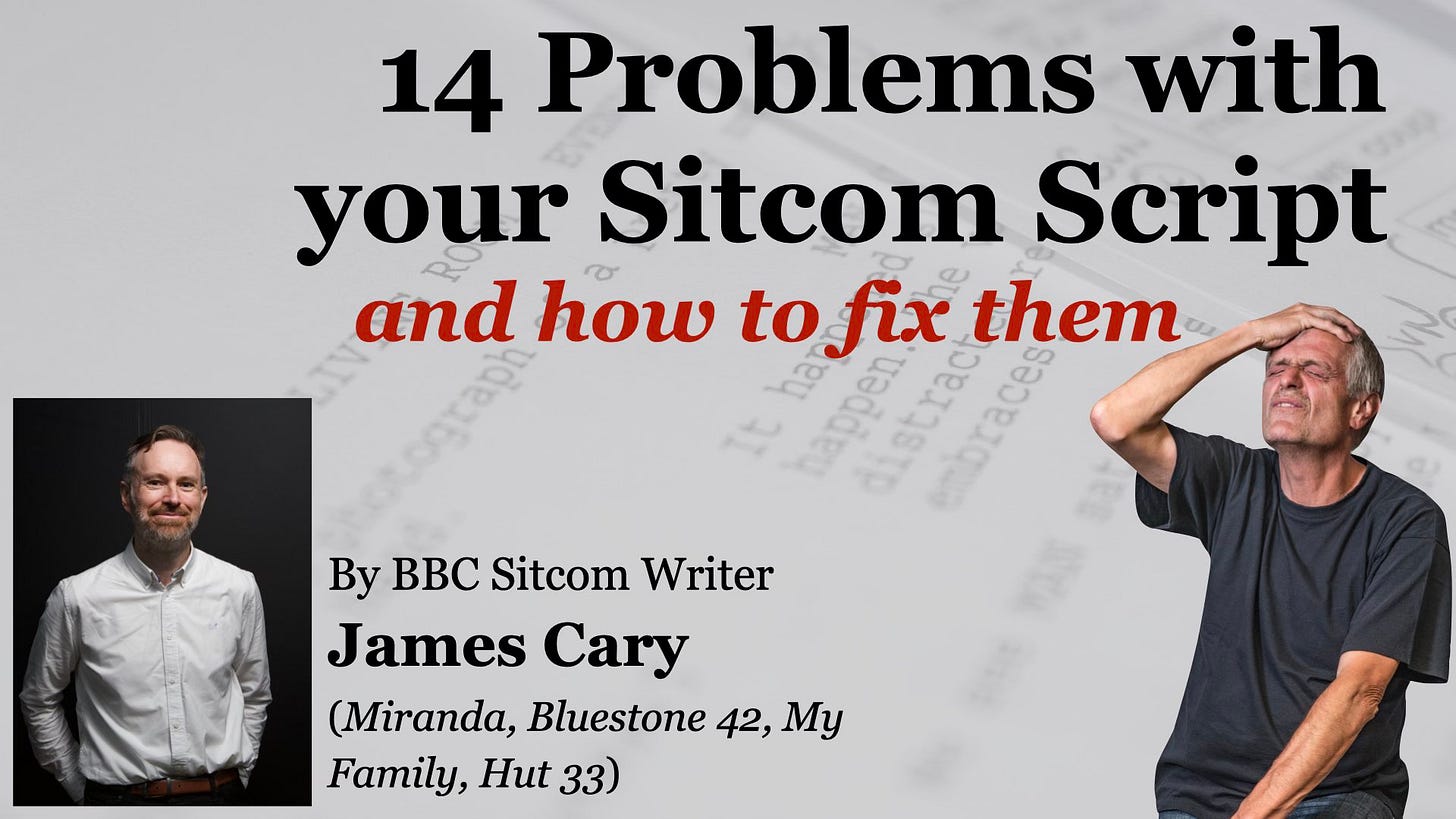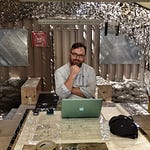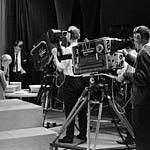What? Cut jokes? Are you crazy? I thought we were cutting boring lines and stuff that wasn’t needed.
Calm down.
In a TV show, everything happens for a reason. The audience subconsciously know that. They expect everything in a show to be significant. Hopefully, they’re not thinking about this too much. A funny set-piece scene is great, but if it doesn't lead anywhere or advance the story, the audience might be confused, or expect a development that never happens. You have to do something about that expectation.
In an interview with the Chortle website, Mitchell and Webb pay tribute to the writers of Peep Show, Sam Bain and Jesse Armstrong, saying:
“They’ll throw anything out, however funny it seems, if it doesn’t fit what they see as the right arc for that story, episode or series, they will throw it out without a qualm.”
Webb agrees, saying,
“They are amazing rewriters. That’s the trick, to be really unprecious about really funny stuff.”
Mitchell goes on to say that as a writer-performer, he holds on to things that get laughs extremely tightly. He says Bain and Armstrong are at an advantage as non- performers, since they’re able to be more ruthless.
It's not that good writers are natural geniuses for coming up with suitable jokes and scenes that form a story. Clearly talent and experience are very useful and can save time on occasions. Really good writers understand they need to churn through dozens of ideas until they come up with the right jokes for the right story that’ll get from A to B (and back to A again) in the right way - even if it means junking really funny stuff because it’s not helping tell the story.
As you go through your script, you should be asking yourself what each scene is achieving and what each line is achieving - and how it relates to the central story or your subplot. When rewriting, a line Richard Hurst and I often say to each other is ‘I’m not sure this line is working hard enough for us’ - which means the line is woolly and doesn't move things along. If your script is really good, there’s no room for lines like that.
So, here’s what to do next:
Print your script out, take a pen and sit at a table where there are no distractions, laptops or smart phones. Go through it and cross out stuff that isn’t part of the story. Including jokes you don’t really need.

Then go back to your computer, make the cuts, and trust yourself to fill in the gaps or make up the time with new lines and scenes that are relevant, characterful – and therefore much funnier. You will end up with a much leaner, meaner script.
These recent episodes/chapters are all about self-editing and improving your script so you’re sending out the best, tightest, funniest sitcom script you can. Why not get this PDF that comes with a 90 minute webinar which gives you 14 ways your script can improve?:














Share this post